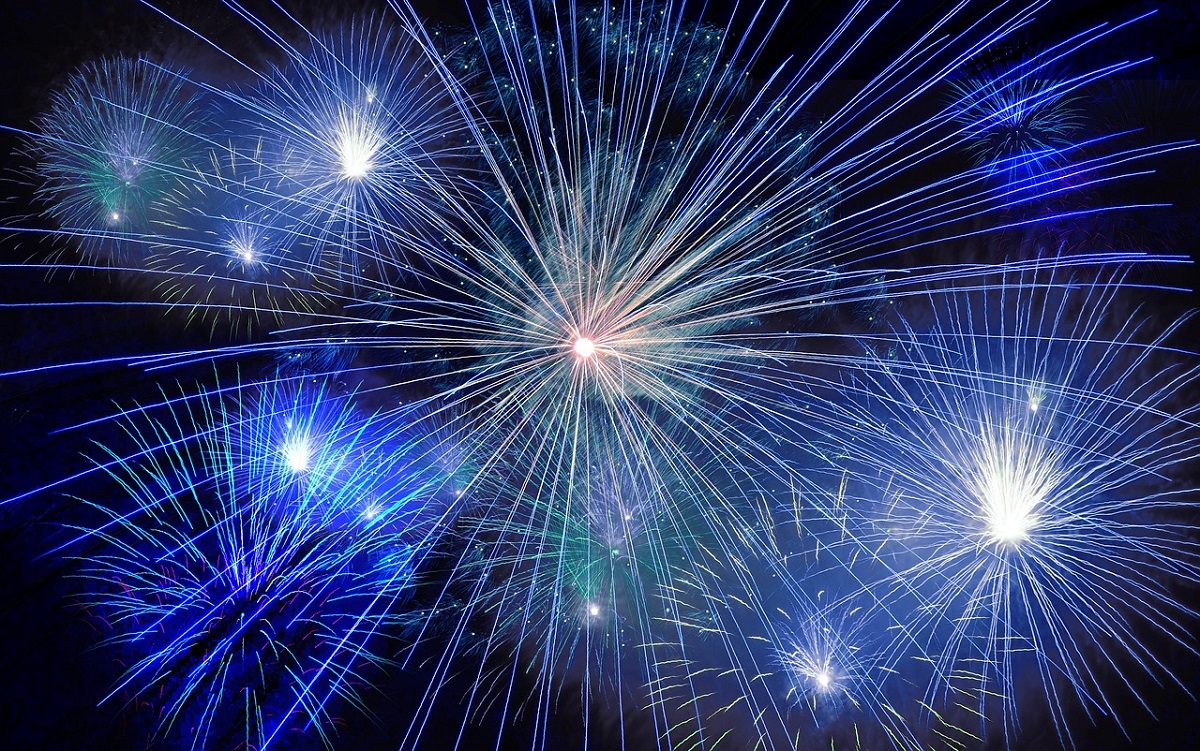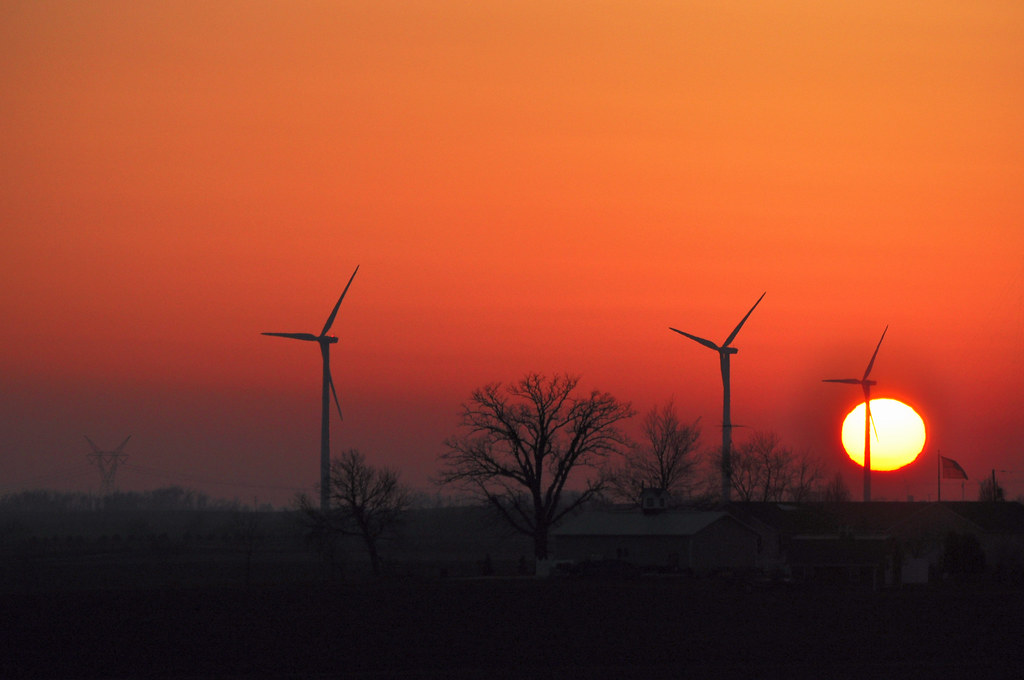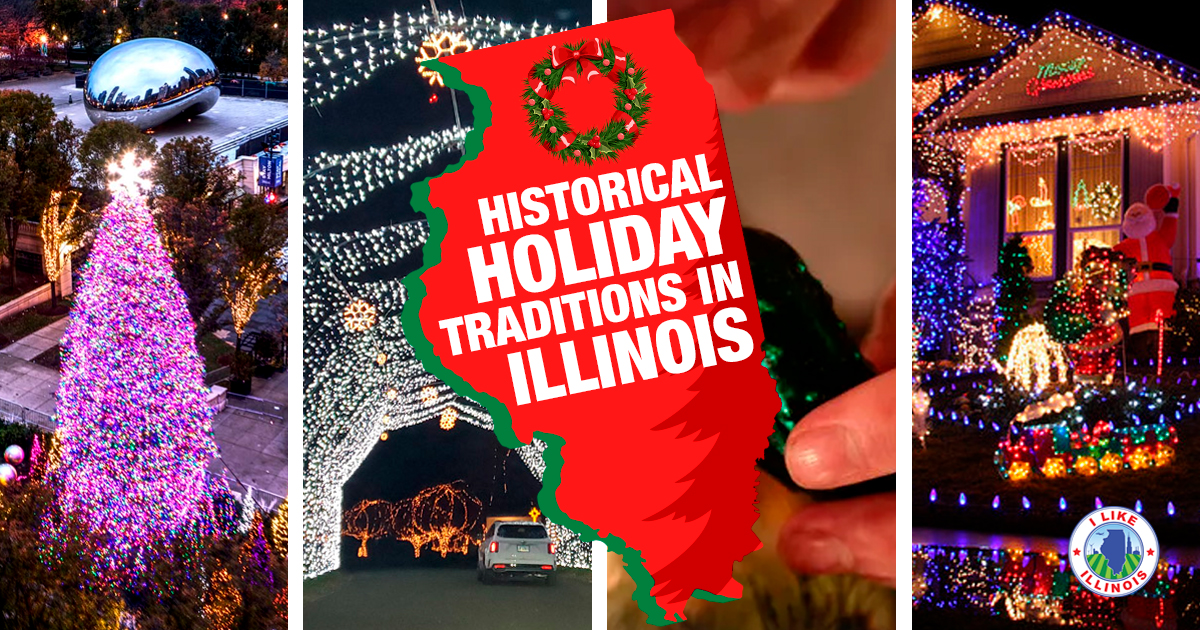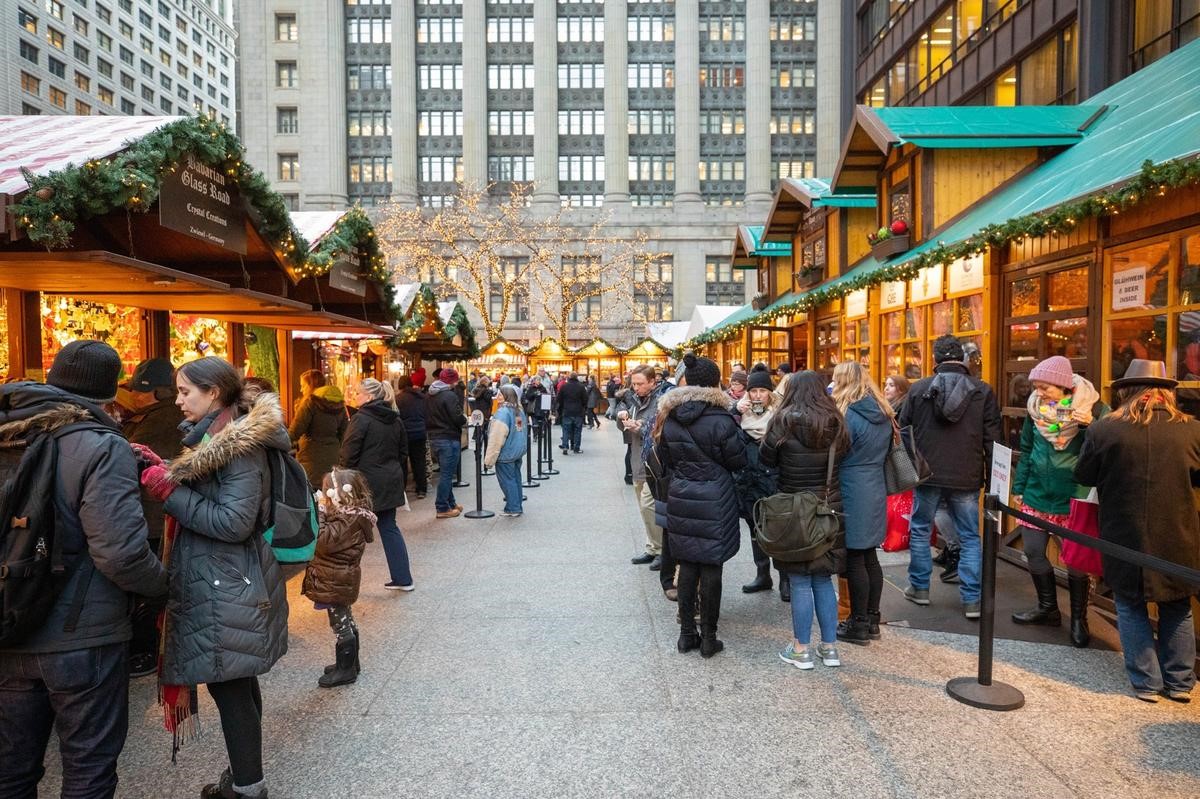- Details

This summer, NPR Illinois—the NPR member station based in Springfield (WUIS 91.9 FM)—reaches a significant milestone: 50 years on the air. What began in 1975 as WSSR at what was then Sangamon State University has evolved into a vital statewide voice, rebranding as NPR Illinois in 2015 and building a reputation for in-depth reporting, community storytelling, and thoughtful connection across Illinois communities.
To commemorate half a century of service, NPR Illinois is launching a special exhibit on Sept. 18 at the Lincoln Public Library, where visitors can explore oral histories, archival audio, and photos reflecting the station’s journey from its university roots to its current role in local media. The exhibit remains on display through May 2026 and will travel across the NPR Illinois listening area, making stops in Decatur, Jacksonville, Lincoln, and more to engage listeners regionally.
Alongside the exhibit, NPR Illinois programs like Community Voices and State Week continue to spotlight local stories—from Midwestern small businesses to lesser-known cultural groups—living out the station’s mission to “explain Illinois.” Recent innovations include the launch of J‑Corps, a citizen journalism initiative that trains everyday Illinoisans—including a mother-daughter reporting duo from Springfield Muslim communities—to tell their own stories on the air.
As NPR Illinois celebrates its milestone, the station is facing challenges: federal support for public media was recently eliminated. Still, leadership affirms that listener contributions and grassroots support the backbone of the operation.
NPR Illinois has grown into an essential source of regional reporting, combining national programming with Illinois-focused content. Its schedule now features national voices like Morning Edition and All Things Considered, alongside locally produced shows and podcasts that reflect the diversity of Central Illinois and beyond.
From the silent moments in the newsroom of a university radio station to multi-city celebratory exhibits, NPR Illinois’s story is one of adaptation and community trust. As it marks a half-century of storytelling, the station continues to invite listeners to support public radio’s role in fostering informed citizenship—one story at a time.
- Details

Illinois lights up the night sky in July with unforgettable fireworks displays and daylong festivities. One of the state’s largest events takes place in Peoria, where the beloved Red, White, and Boom! celebration attracts around 200,000 people along the riverfront. Thousands gather to enjoy live music, food vendors, family fun, and spectacular fireworks launched from barges on the Illinois River—making it one of the top shows in the nation.
For city residents and tourists alike, Navy Pier in Chicago offers a stellar fireworks experience. Though the pier won’t be hosting a firework display on July 4 this year, its summer schedule includes a dazzling fireworks show every Wednesday at 9 p.m. and Saturday at 10 p.m., including an exceptional performance on July 5. The pier’s backdrop of Lake Michigan and downtown Chicago makes it a stunning place to catch an evening of sparkle.
In the northern suburbs, the Mundelein Community Days Festival takes place from July 3-6 and features a whole weekend of celebrations. Alongside a car show, pet parade, face painting, carnival attractions, and live music, the festival features dusk fireworks over the lake, bringing out families and friends for a festive experience.
Planning to attend a small-town celebration? The town of Sandwich is hosting Freedom Days on July 5 in their park district, offering an opportunity to get out and enjoy the sun. After a morning parade at the fairgrounds, live music, food trucks and games keeping families entertained throughout the day, culminating in a bright and cheerful fireworks display.
Near Springfield, the Chatham Rock the Dock event on Lake Springfield presents one of Central Illinois’s finest fireworks displays on July 4. It’s a perfect choice for a more relaxed evening by the lake, with music, boat watching, and a glowing sky to enjoy.
From riverfront spectacles and lakeside charm to bustling pier shows and small-town parades, Illinois delivers fireworks and festivities that capture the spirit of Independence Day. Wherever you are, arrive early, grab a good seat, enjoy the concert or carnival, and prepare for a truly memorable night under the stars.
- Details

According to NASA, the winter solstice will be taking place this year at 9:27 p.m. on Dec. 21, making that the shortest day of the year in terms of daylight.
So, what does the winter solstice represent? Not only does it mean that Illinois will be seeing just under nine hours and eight minutes of daylight on Dec. 21, it also means that the Earth’s axis is currently furthest away from the sun.
Because of this, the winter solstice in the Northern Hemisphere also represents the summer solstice in the Southern Hemisphere. During the summer solstice in Illinois, the Earth’s axis will be at its closest point to the sun in its yearly rotation.
You might be wondering if that means that the winter solstice is also the earliest sunset and latest sunrise of the year? Good question, but no. Since the calendar is not a perfect reflection of the Earth’s movements through space and time, the earliest sunset of the year occurred earlier this month.
However, the days are still becoming shorter, because the sunrise is occurring later and later, and will do so until early January, when the sunrise will occur at about 7:18 a.m.
In Cahokia, which is near the Mississippi River across from St. Louis, indigenous people built multiple temple mounds or pyramids, much like the Aztecs built. Among these stood an interesting structure known today as “Woodhenge,” which had large wooden posts, positioned in a circle.
On the winter solstice, the sun aligns with the Woodhenge and a temple mound in the distance.
This as well as other archeological evidence has led researchers to make the assumption that the Cahokia people, like many indigenous people, revered the sun and considered it a deity. It is also thought that they made careful observations of the solar system and held rituals honoring the sun for the upcoming agricultural year.
In Cahokia, the Winter Solstice will be observed at Cahokia Mounds on Sunday, Dec. 23 at 7 a.m. Visitors should gather at the reconstructed Woodhenge, which is approximately one-half mile west of Monks Mound (the largest mound), on Collinsville Road. While waiting for the sunrise, an archaeologist will explain the discovery of the Woodhenges, their function, and the Mississippian culture that built them. Out of respect to indigenous culture, there will be no rituals or ceremonies performed. The present Woodhenge was built in its original location in 1985, following years of excavations that led to the locations being revealed of the large posts.
The Winter Solstice is a mysterious event due to many people not knowing about its history or significance, and we may never truly know what it meant to the indigenous people.
- Details

Did you know that Illinois has rich holiday traditions that have been celebrated for years? The holiday season, for many people, is a time to enjoy gatherings and festivities with family and friends. Here are a few holiday traditions throughout Illinois to celebrate the season.
- Holidays at the Dawes House in Evanston – The Dawes House, located in Evanston, overlooking Lake Michigan, is an extravagant Chateauesque mansion. It was the home of Charles Gates Dawes, the former United States vice president under Calvin Coolidge and a Nobel Peace Prize winner. There are tours at the house as well as walking tours of Evanston neighborhoods, downtown and lakefront.
- Home for the Holidays in Oak Park – Celebrate the holidays the old-fashioned way by visiting downtown Oak Park. Home for the Holidays, an annual free event, offers horse-drawn sleigh rides, visits from Santa, hot chocolate, carolers singing holiday favorites, and a holiday classic movie showing at the Lake Theatre. The entire event and all the activities are free.
- Santas around the World: Exploring Winter Holiday Traditions in Naperville – At the Naper Settlement in Naperville, celebrate the holidays by learning about the origins of several holiday traditions, and the lore surrounding the celebrations of the holiday season.
- Holiday Lights at Bunker Hill Historic Area in Bunker Hill – Enjoy a large display of thousands of lights at the Bunker Hill Historic Area.
- Winter Nights at the Abraham Lincoln Presidential Library and Museum Featuring “The Nutcracker” in Springfield – Enjoy ballet performances, craft tables for children, ice skating in Union Park, a display of lights and special effects, and free admission and free parking during special hours.
- Vintage Holidays in Long Grove – Celebrate the magic of the season in Long Grove. Experience a holiday walk with shopping, lights, photo stations, carriage rides, visits with Santa and caroling around town.
- Old Capitol Holiday Walks in Springfield – Enjoy the festivities of the holiday season in Downtown Springfield. Take in dazzling lights, local shops, and holiday magic.
Do any of these holiday traditions sound fun? Celebrate the season by considering attending one of these events!
- Details

Do you still have more presents to get for your family and friends? Holiday markets and festivals in Illinois are a fantastic option to shop for holiday presents, to enjoy a heartfelt experience with loved ones, and to find unique items and gifts. Illinois has several holiday markets and festivals throughout the state. Here are some of the best of the best:
- Christkindlmarket Chicago – With market locations in Aurora, Chicago and Wrigleyville, this German-themed outdoor holiday market is fun for all ages. The market has both international and local vendors. There is lots of shopping, live entertainment, and unique food and beverages.
- The Aurora and Chicago market locations are open from Nov. 17 – Dec. 24.
- The Wrigleyville location is open from Nov. 17 – Dec. 31.
- Belleville Christkindlmarket - This market is similar to the Chicago Christkindlmarket, featuring European and handcrafted items, food, and beverages. This year is the market’s 10th anniversary in Belleville.
- It is open on weekends from Nov. 24 – Dec. 23.
- Christmas Around the World and Holidays of Light – The Museum of Science and Industry in Chicago holds an annual celebration with a grand tree, a forest display of more than 50 trees, and displays to represent the holiday traditions from cultures across the globe.
- The event is open now until Jan. 7, 2024.
- Old Capitol Holiday Walks – In downtown Springfield, celebrate the holiday season by taking a walk around and seeing lights, shops and holiday magic.
- This event is open from Nov. 25 until Dec. 23.
With a variety of options available, we hope you take the time to visit a holiday market or festival in Illinois this year!



